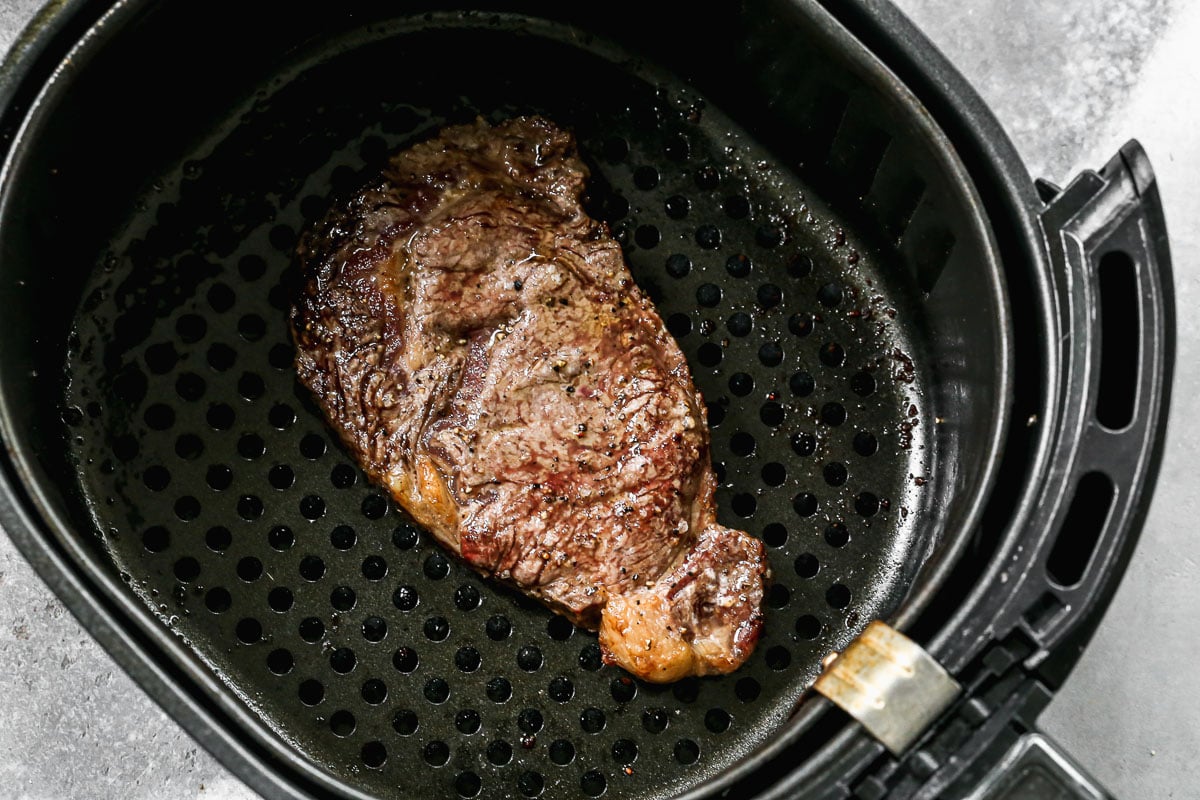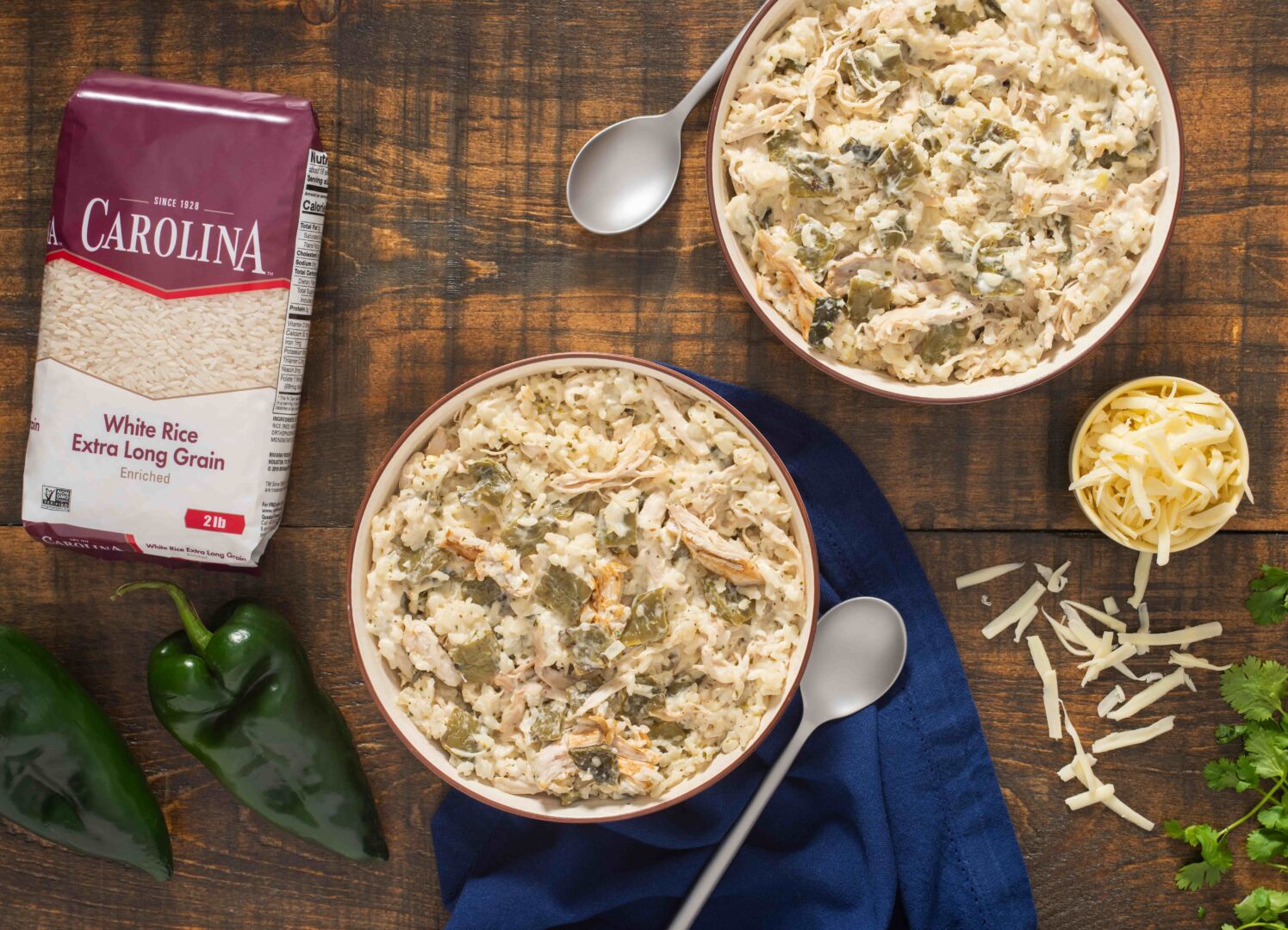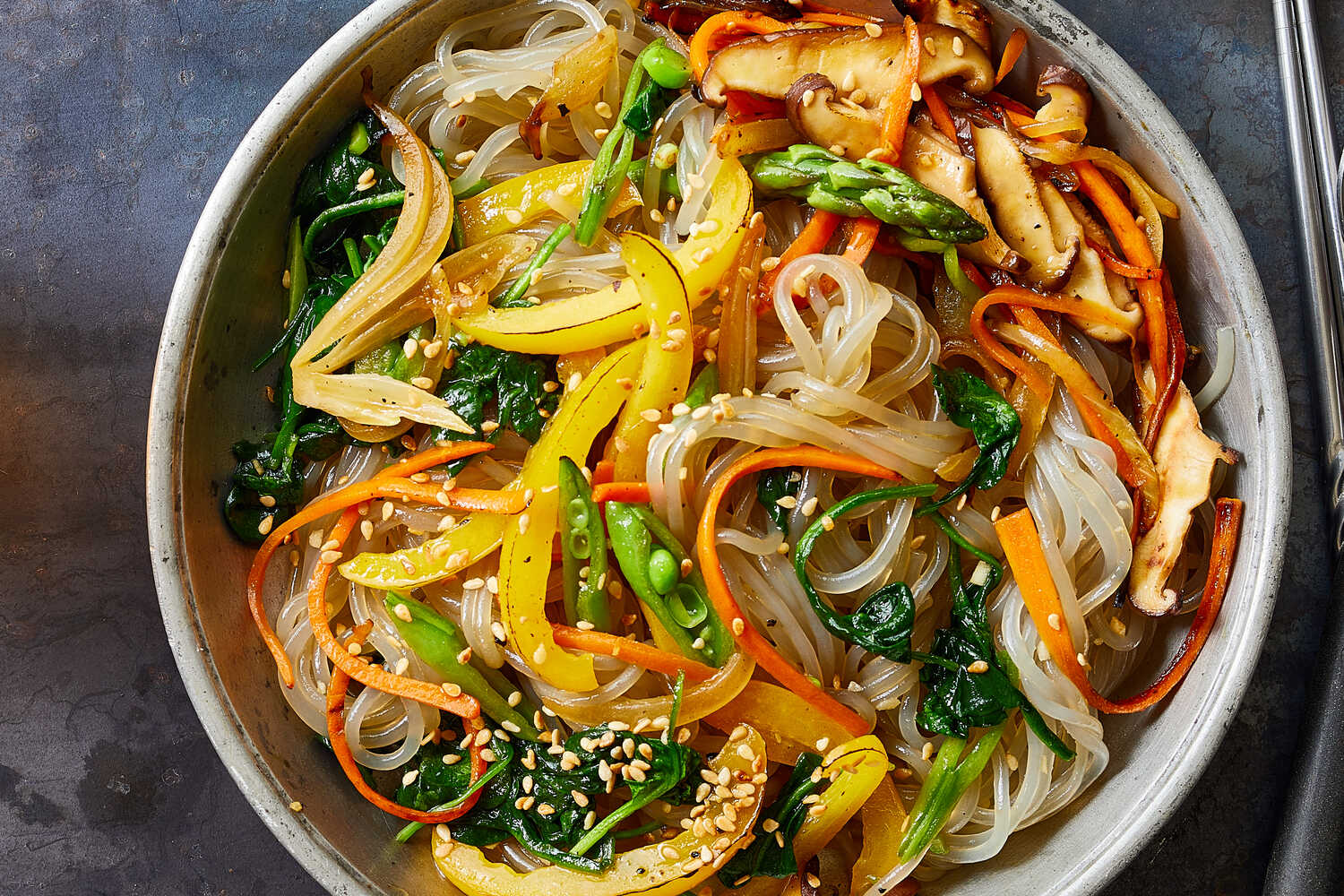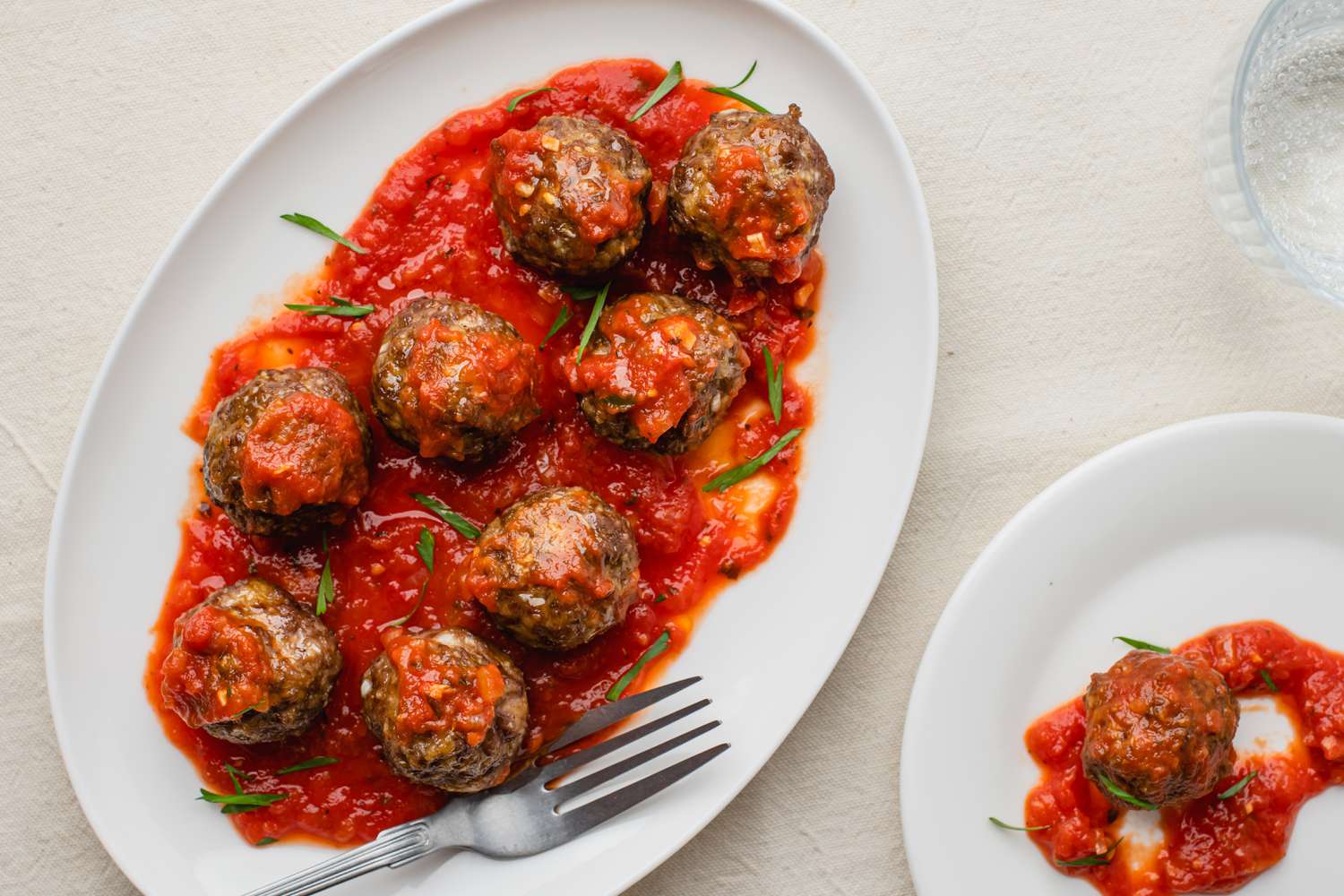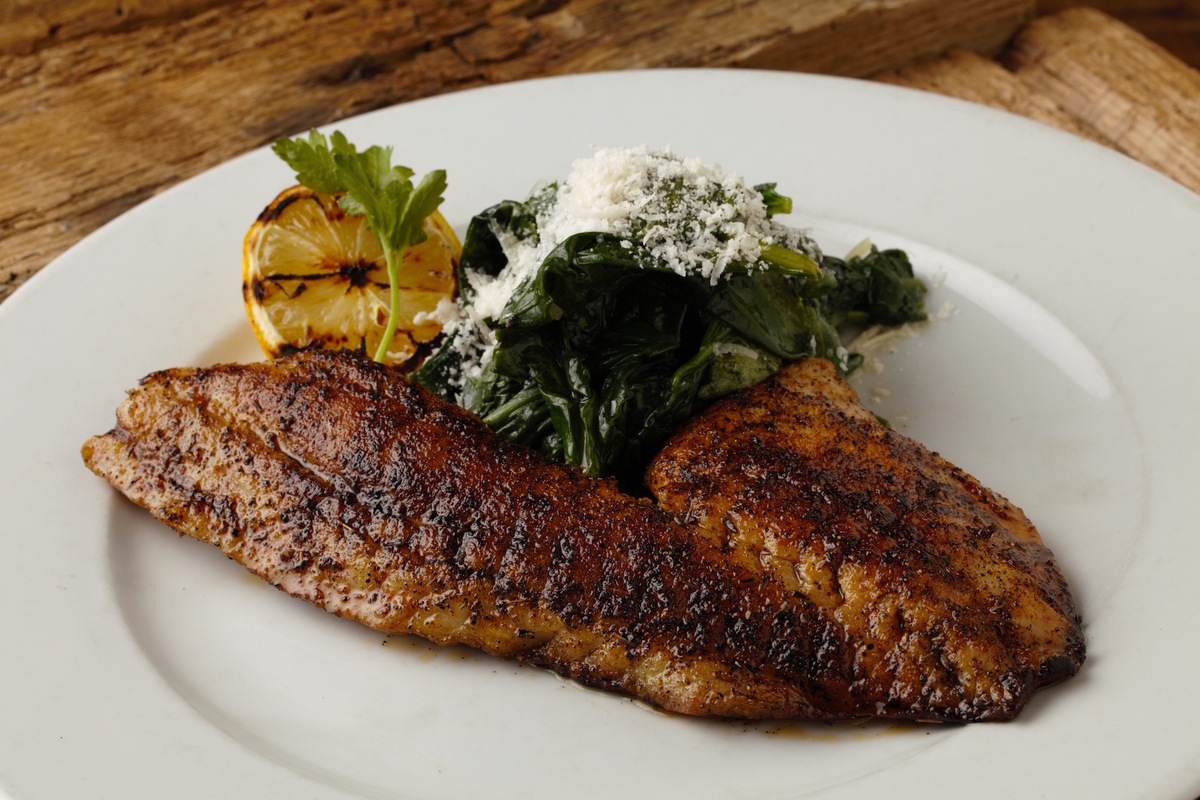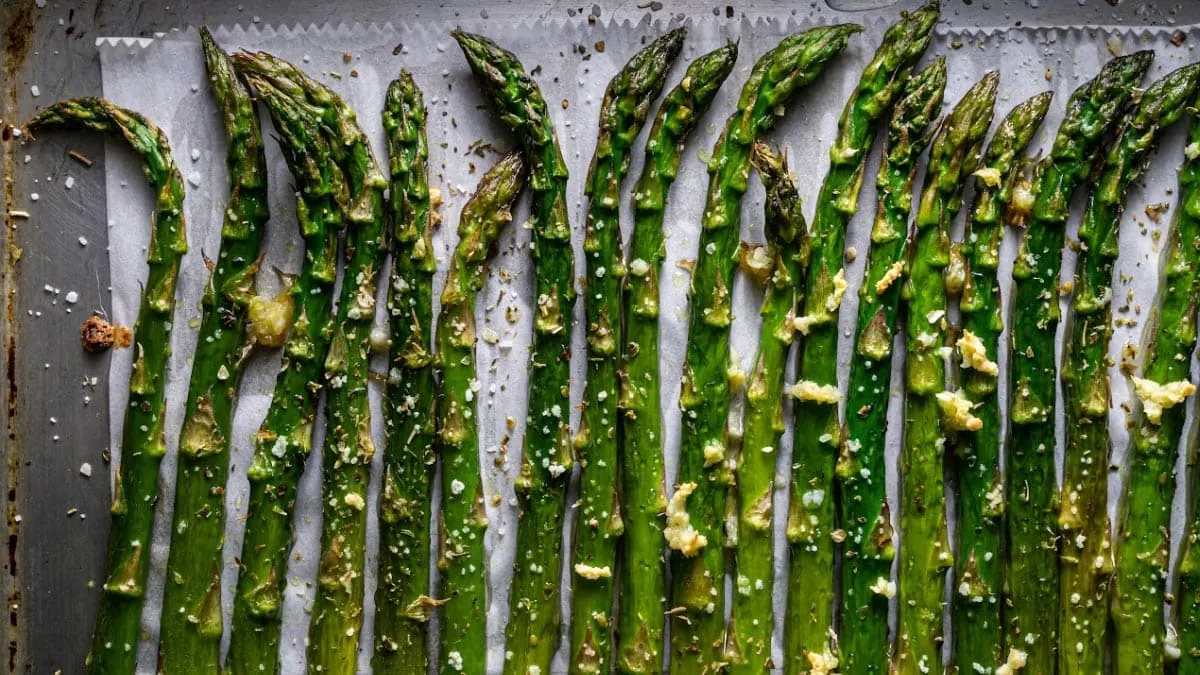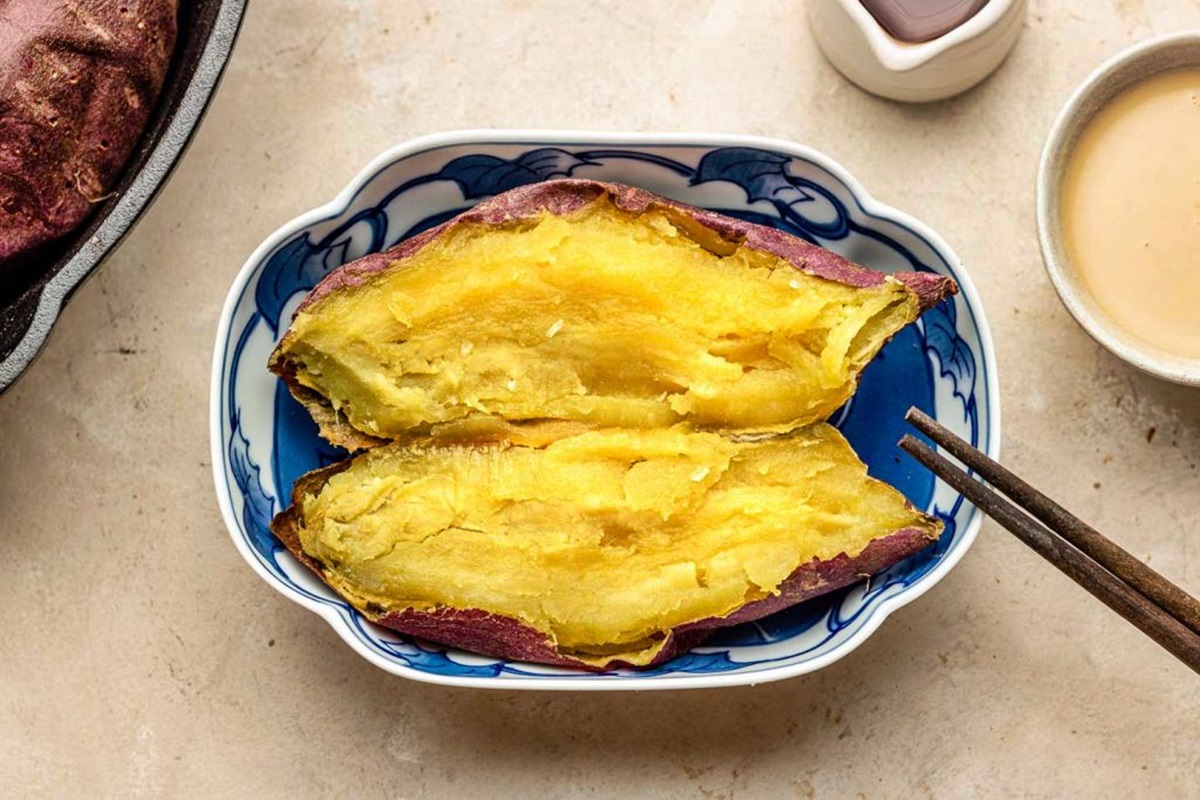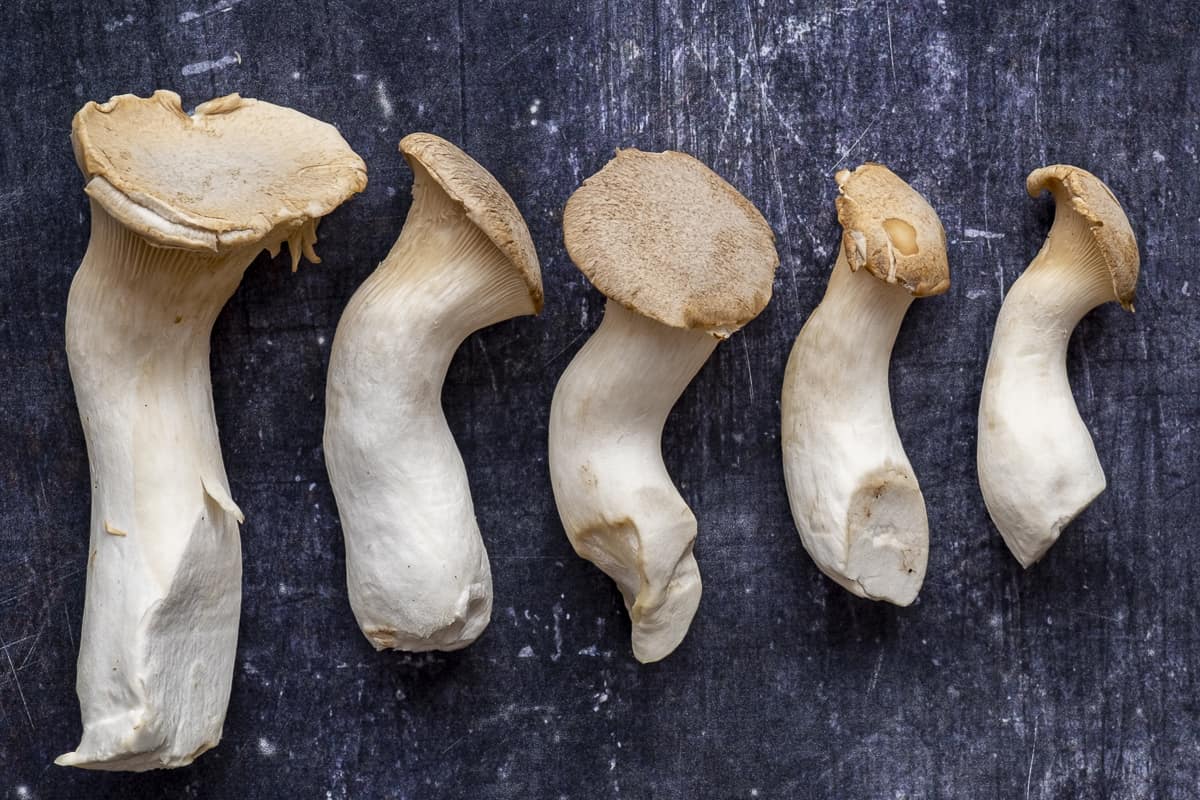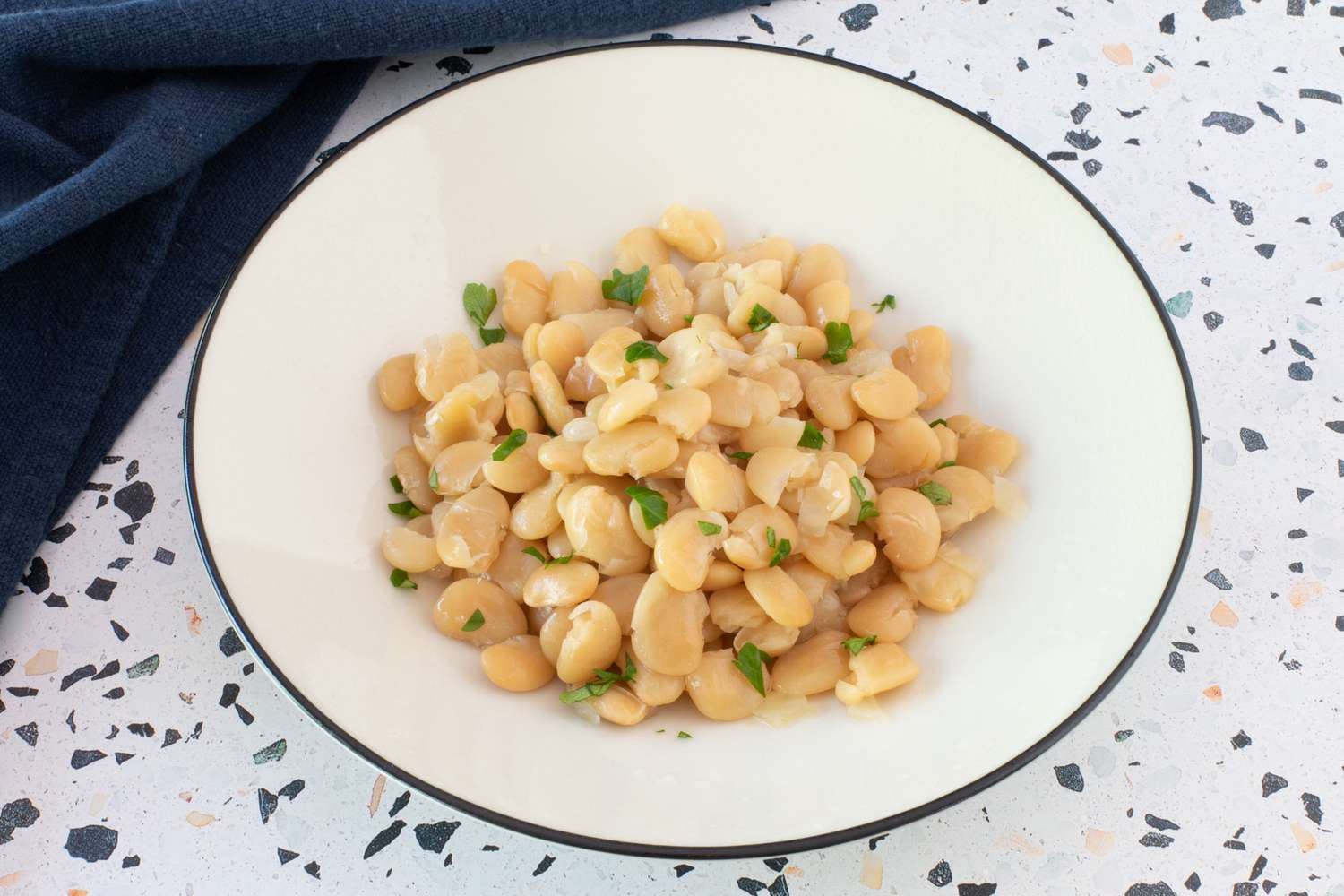Unlock the Delightful Flavors of Murasaki Sweet Potato

Are you ready to embark on a culinary adventure? Look no further than the delightful Murasaki sweet potato! With its vibrant purple skin and sweet, nutty flavor, this unique variety of sweet potato is beloved by food enthusiasts around the world.
Why Choose Murasaki Sweet Potato?
Murasaki sweet potato not only adds a pop of visual appeal to your plate, but it also boasts a wealth of nutritional benefits. Packed with essential vitamins, minerals, and dietary fiber, this root vegetable is a versatile and healthy addition to any meal.
- Rich in antioxidants that support overall health
- Excellent source of vitamin A for good vision and immune function
- Provides a good amount of vitamin C for a strong immune system
- High in fiber to aid digestion and promote satiety
- Contains potassium for proper heart and muscle function
Preparing Murasaki Sweet Potato
The delicious flavor and smooth texture of Murasaki sweet potato make it incredibly versatile in the kitchen. Here are three popular methods for preparing this delightful root vegetable:
- Baked: Preheat your oven to 400°F (200°C). Wash and scrub the Murasaki sweet potato thoroughly, then prick it several times with a fork. Wrap it in aluminum foil and place it on a baking sheet. Bake for 45-60 minutes, or until the flesh is tender. Serve it as a side dish or mash it for a creamy puree.
- Roasted: Preheat your oven to 425°F (220°C). Peel and chop the Murasaki sweet potato into bite-sized pieces. Toss them in olive oil, sprinkle with salt and your choice of herbs or spices. Spread the sweet potato evenly on a baking sheet and roast for 25-30 minutes, or until they are golden and crispy. Enjoy them as a delicious snack or as a flavorful addition to salads.
- Mashed: Peel and chop the Murasaki sweet potato into small cubes. Place them in a pot and cover with water. Boil for 15-20 minutes, or until the sweet potato is fork-tender. Drain the water and mash the sweet potato with a fork or potato masher. Add butter, milk, and your favorite seasonings for extra flavor.
Creative Ways to Enjoy Murasaki Sweet Potato
While Murasaki sweet potato shines as a simple side dish, it can also be used in a variety of innovative recipes. Here are just a few ideas to inspire your culinary creations:
- Sweet Potato Fries: Cut the Murasaki sweet potato into thin, uniform strips. Toss them in olive oil, sprinkle with salt and your preferred spices. Bake them at 425°F (220°C) for 20-25 minutes, flipping halfway through. Serve them as a healthier alternative to traditional french fries.
- Sweet Potato Curry: Sauté onions, garlic, and your choice of vegetables in a pan. Add diced Murasaki sweet potato and simmer in a fragrant blend of curry spices, coconut milk, and vegetable broth. Cook until the sweet potato is tender and serve over rice or with naan bread.
- Sweet Potato Pancakes: Grate the Murasaki sweet potato and combine it with flour, eggs, milk, and a touch of cinnamon and vanilla extract. Cook the batter on a griddle until golden and serve with maple syrup or your favorite toppings.
Now that you’re armed with the knowledge of how to cook and enjoy Murasaki sweet potato, it’s time to head to the kitchen and let your culinary creativity shine. Unlock the delightful flavors and nutritional benefits of this versatile root vegetable. Your taste buds will thank you!
For those eager to experiment with Murasaki sweet potatoes, there's a wealth of recipes to try out. The Baked Murasaki Sweet Potato with Honey and Cinnamon offers a sweet and spicy twist, perfect for a cozy evening. If you're in the mood for something savory, the Roasted Murasaki Sweet Potato with Garlic and Rosemary is a must-try, combining fragrant herbs with the potato's natural sweetness. For a brunch standout, the Murasaki Sweet Potato Hash with Poached Eggs provides a hearty and satisfying option that pairs wonderfully with a lazy Sunday morning. For a unique twist on comfort food, the Murasaki Sweet Potato Shepherd's Pie is a delightful take on a classic dish, adding a vibrant color and flavor to your dinner table. Finally, for a sweet treat, the Murasaki Sweet Potato Muffins with Spices are not only delicious but also a great way to start your day with a burst of flavor.
Was this page helpful?
Read Next: How To Cook Venison Burger

